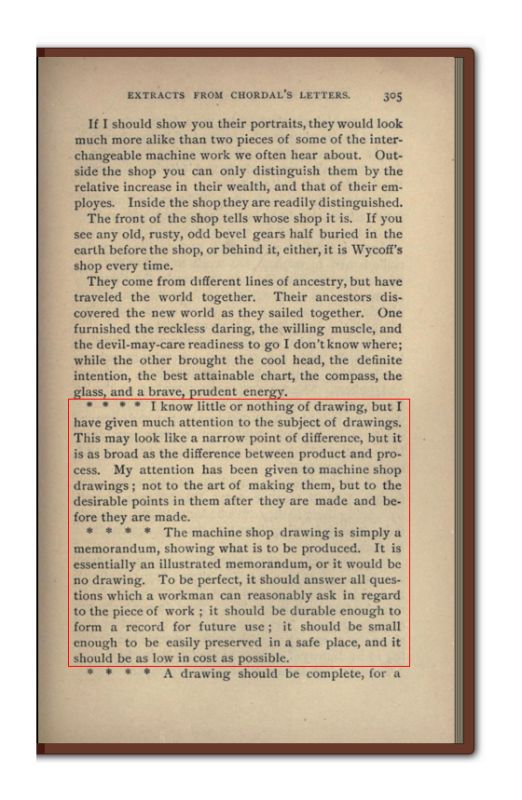Question
Has anyone made universal spoil boards for different machines? We have three Shodas and they are all different. I have been thinking about a way to use PVC or phenolic as the table and use index locators on the bottom of MDF spoil boards with the types of gasketing on them for the different parts, which we run and then code for each machine. I know I am going to run into limitations on the machines but I won't be stuck running that one product on one machine without a ton of different spoil boards. We have a Maxxim Shoda and have phenolic tables with the locator pins in it and that works great. The spoil boards are about 24" x 48", which works great. On the other two Shodas we have MDF spoil boards - 51" x 102" and the other is 51" x 98" and all of those are gasketed for whatever product goes on them.
Forum Responses
If you don't mind standardizing on a size, say 48" x 96", you could make all your spoil boards 24" x 48". On the larger tables, just put 4 boards across to make up the entire table size. On the table just gasket for four zones. If a part straddles two spoil boards, you'll have to work out a gasketing design that holds the parts securely. If you are making small parts on one end of the table, just put in 24" x 48" blanks to fill the table.
Advantages of this method are:
Lighter spoilboards, easier to set up, more flexible, more portable between machines.
The pod bed consisted of a sheet of 3/4" C grade phenolic bolted to the steel table. The phenolic was fly cut and machined to accept 2" and 4" vacuum pods. We had the pods made at a machine shop from delrin tube and stock o-rings. The pattern that we machined in the bed had a very high pod density. We actually overlapped pod locations, allowing up to 6 different pod positions for every vacuum port. The high pod density and the two different sizes of pods gave us excellent flexibility and a very high air flow for when we needed to use a bleed board. Finally we installed precision bushings in the table and used slip fit phenolic pins as part stops. Since the machines had four main heads, each bed had stop locations corresponding to each head. This allowed 1-up, 2-up, and 4-up machining as required.
The bed could be used with pods or without pods. Without pods you still had the choice of conventional or bleed board fixturing.
Below is a photo of one corner of one of the beds.
To get back to your original question, you could machine standard pin locations (defined by control work offsets) in all of your beds to locate universal fixtures. You could also create vacuum dams to fit a standard fixture size or set of sizes. The end goal would be to eliminate as many fixtures as possible. If a fixture could not be eliminated, it could be made universal.

An important key is to plane the spoil board with a large bit (for z axis accuracy) and put a couple of coats of lacquer sealer on the boards before fastening to machine. We also drill for steel or aluminum pins in case you need to position parts against pins if not doing a surround cut.
We typically get +_ .003" tolerances on our z axis using this system. We run these boards for approximately 2 years before discarding after they have been planed off several times and also because of wear and tear. The durometer of the rubber is also somewhat critical - if I recall correctly it was around 38 duro - you may have to experiment and see what works best in your situation.
Comment from contributor A:
We have a few customers who are making "universal spoilboards" using our spoilboard cover gasketing. It is a 1/16" thick gasketing sheet that covers the entire spoilboard, say 48" x 96". They route 1/4" wide, 1/4" deep vacuum holes on both sides of the spoilboard, about 3-4" apart, but do not pass all the way through. It helps to distribute the pull throughout the board. When using this system, our customers have to make sure the z-axis is pretty accurate as to not route through the gasketing. But if that is avoided it works pretty well. Some types of sheet material just need to be placed over the unused portion of the spoilboard as to not waste vacuum strength.
